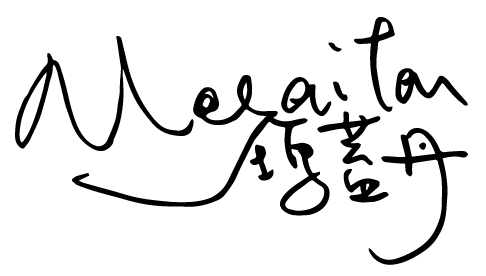mulalu munsai sa Thau, ya zain sa ishiiq, mzai sa shinyung amathuaw maqitan dai. numa mia’awan sa kataunan a thau a ininthawan. mamzai shduu mun’iutu sa mulalu masa apu’apu lhmituz, shduu mani pu’apaw ita munsai hudun numa Wazaqan masa pruq a shuqrum.
Thau a Tungkariri Lus’an a mashaila ianan sa latata wa qali, mamzai thuini maqa antu tataal a inkahiwan, numa sa Thau mani makadahidahip masa antu luish a qali, maqa numanuma wa pulalu az’az mulhthkiz sa thau mat a pu’apu a tmusuq, numa lamathuaw pibahiwan sa thau masa piaqitan u’araan pinalhalhiza. numa tmusuq a itmaz naur miazithu kunathathuinian, antu dai a malhkakrikriw masa pangqa wa qali a tmara, lamathuaw pu’apawin tatata wa thau shmuqrum izai a shinyung.
Taiwaan a pruq miarairain mzai sa apiaqitan puil sa yancumiin tiakahiwan a kazakazash, kanuniza puil mzai sa ya muhiahiaw a lalawa ya kinalawa, maqa thuini a pulalulalu maqa az’az tu piaqitanin, nauriza inkahiwan amiakuza kinalawa, maqa dai puntal sa inkahiwan a kinalawa, numa thuini a parhaway munsai a kazakazash antu mafazaq, izai akinata Taiwaan a Zinhuu mathuaw makarishkish masa mrunsuz, lhai sa thau ianan sa mathuaw maqitan a pruq, numa ya miazithu shduu mathuaw mafazaq a min’ananak a kazakazsh.
mathuaw manasha sa thau inangqtu mulalu mia’awan sa tiakahiwan a kazakazsh, kanuniza inangqtu yaku mulalu mathuaw tmara, mun’iutuiza sa shaba wa kawashiza, miaqay yancumiin lalau’un sa shpuut a thau, kanuniza mulalu a kazakazash antu pu’uka, kunathathuinian miaqawan isai a itan a ininthawan. numa tuali mingkalangkan faat a thau Miniahala inai a thau a qbit sa kazakazash a kalawan naur ansuunin sa tuali dai mia’azu sa yancumiin malhinuna sa mingkalangkan, lamathuaw mun’iutu sa pashtiruq a matash, amindahip a pashtay a thau kmalawa numa mafazaq a mulalu mashashu a ininthawan, maqa ya miazithu lhai sa yancumiin a kazakazash antu pu’ukaan.
What rituals mean to indigenous peoples is something more than a series of actions taking place in a ceremony. They are beliefs, indicating the indigenous peoples’ outlook on the world and life. Rituals can not only help form a connection between our people and ancestors, but also show our reverence for mountains, sea, and land.
The most important rite for Thao people is “Lus’an (celebrating New Year and commemorating ancestors),” which lasts for one month. It has never occurred to them to be absent or shorten the whole process even in this modern society where simplification is the key. To Thao people, following those rituals is the commitment they make with their ancestors, the key to family happiness and a good harvest. This commitment has been passed down from generation to generation irrespective of daily work and holidays, and thus, the participation in the rite shows their loyalty to and practice of beliefs.
Our society often stresses the importance of “preserving” indigenous traditional cultures, but usually people will only start to think about preserving traditions when the status-quo seems imminent. On the other hand, most rituals can be maintained according to the guidance of village leaders. What is missing in our communities is that young people now do not identify with our rituals and rites. All it takes is help and push from society as a whole. If we can be given a friendlier environment and more leeway, we will be able to understand our culture more deeply.
Many people believe that rituals embody traditional cultural values, but they are actually quite modern. After hundreds of years of suppression by foreign regimes, the rituals have stood the test of time, and still exist in our lives. The Indigenous Peoples Cultural Foundation as the major mass media for indigenous peoples should help the public understand and familiarise themselves with the uniqueness of rituals through image records, so that indigenous cultures can be sustained.
tuali mingkalangkan faat a thau Miniahala inai a thau a qbit sa
kazakazash a kalawan naur ansuunin sa tuali makarishkish wa Thau
CEO of the Indigenous Peoples Cultural Foundation





